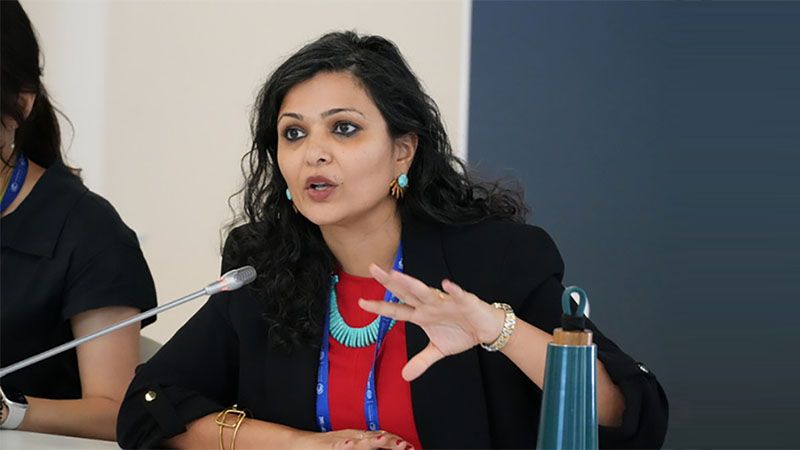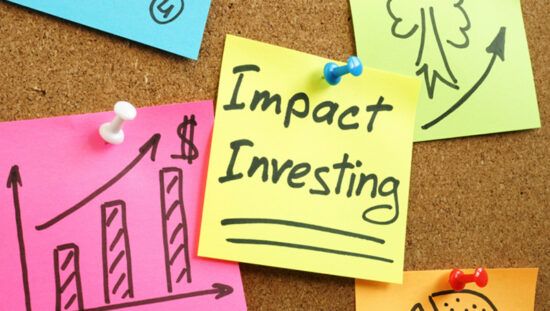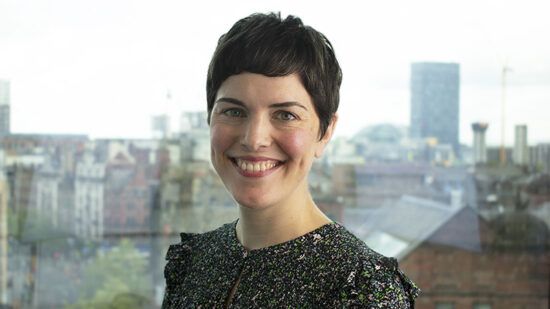PA Future spoke to Sana Kapadia, chief catalyst at Heading for Change, about how the donor-advised fund (DAF) advances gender equity by integrating gender and climate lens investing.
Kapadia also discussed the intersection between gender and climate, sharing some success stories from the fund, and explained why “bringing gender and climate together” will give women the capacity to “enact change” in the world.
What is your definition of gender lens investing?
Gender lens investing is the integration of gender analysis into a new or existing investment process for better social and financial outcomes.
These investments, for example, focus on providing women with leadership opportunities, quality employment, finance, enterprise support and products and services that enhance economic participation and access.
More increasingly, gender lens investing is being used in climate solutions. This comes as more investors recognise the intersection between gender and climate. This type of investment approach is known as gender smart climate finance/investing. A recent report by 2X Global – Project Catalyst: Tracking gender lens investing activity in private markets – gathered data from over 100 investors and fund managers working in private markets, and found 61% of GLI funds consider at least one climate-responsive sector.
How does Heading for Change drive gender-smart climate investing?
Heading for Change focuses on the intersection between gender and climate. It addresses the fact that gender inequalities have an impact on climate outcomes, and vice versa. It primarily invests in portfolio companies that are at the forefront of solutions that are climate and gender smart. This is where fund managers use a gender lens framework to approach its investments, driving capital to women who are the agents of change.
The funds we invest in must first focus on climate solutions, and within this, integrate gender considerations. The gender lens extends across the entire value chain, from the level of leadership in a business to suppliers and consumers across the value chain. For example, this could include investing in companies that have a gender and diverse representation in leadership roles, board levels or investment committees to products and services a portfolio company is building out to support climate refugees.
We ask questions such as ‘how are they walking the talk in terms of gender and diversity? How are they thinking about gender as an analytical tool?’ Co-investing is a large part of our business model, which forms a shared community model where others can learn and make a collective impact.
Why should climate solutions use a gender lens investing approach?
There are two main reasons for this; the first is the idea that women in marginalised communities are disproportionately impacted by the climate crisis. Women are more likely to die from climate disasters, and are more likely to be climate refugees.
The second, and more motivating factor, is that women are agents of change. Women are coming up with the solutions that are needed to solve the climate crisis. They lead differently in a collaborative way, and whether they are entrepreneurs, consumers, policymakers, investors, and allocators, women are at the forefront of change when it comes to the climate.
What are opportunities come with gender lens investing?
Fully integrating gender into climate finance leads to smarter, more effective, and more just climate solutions. It enables investors to mitigate risks and identify opportunities they might otherwise miss.
It not only creates better social outcomes for women, but amplifies financial returns. So, overall, bringing gender and climate together unlocks inclusive finance that has better financial climate and social outcomes.
And the challenges?
One of the main challenges is getting investors to realise how seamless using a gender lens is. What many investors do not acknowledge is being able to integrate gender lens into climate, health and other sectors because gender is a lens that can cut across asset classes.
Can you outline the different ways climate solutions use a gender lens framework?
Our portfolio has a mix of investments, however most are in developed markets. Although our plan is to build a global portfolio.
Many sectors look different depending on the region. We are reviewing two different funds, one in Latin America, one in Africa. The one in Latin America is focused on nature and biodiversity solutions, and has an indigenous community lens and works from the ground up. Similarly, the one in Africa is a more emerging middle income and is trying to support the next generation of energy transition, green productivity, mobility and logistics.
For example, energy tends to be more of a male dominated sector. So there, there might need to be more post investment support around getting more women into leadership, mentorship programs.
Are there any recent developments on the DAF?
We have recently completed two grants, one of which is with Invest for Better. The program is taking a cohort of women investors and advisors to build their capacity on what it looks like to invest this space. Some of the women coming out of that cohort have either made a first investment or are deep in due diligence.
Although a large part of our reason for existing is to deploy capital into the climate and women, close the gender funding gap, and change the narrative, it is also about helping bring others along.
Do you think gender lens investing will become mainstream?
Collectively around gender and climate, we definitely have a long way to go. However, it is encouraging to see an increasing recognition of the materiality of gender, and also more investors recognising that it’s part of understanding systemic risk and opportunity generation.
We are on a pathway of growth, and at the same time, it’s not just growth for growth’s sake. It is not gender lens investing and gender and climate finance saying – here are some women running climate companies or funds – but it is about an approach that helps also advance the outcomes on the ground.
Look out for PA Future’s analysis of gender lens investing in private markets in our upcoming special private markets digital magazine!








